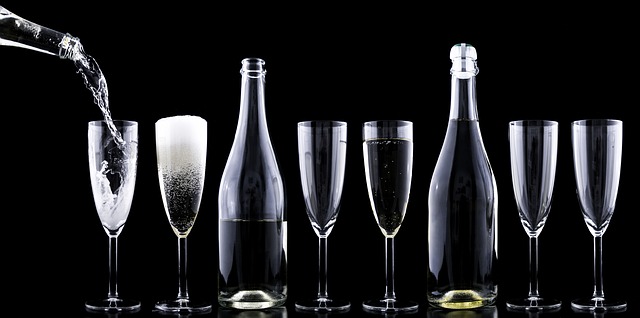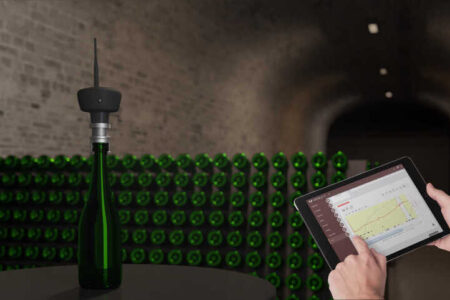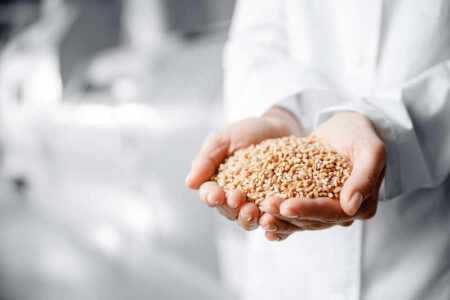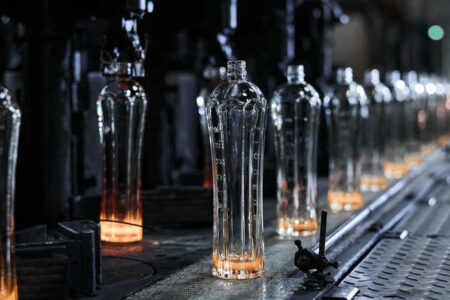Spirits and fizz consumption expected to grow

According to Vinexpo/IWSR’s worldwide report on the wine and spirits markets, sparkling wine and spirits drinkers in the UK are defying the ten-year trend to lower consumption.
The report reveals that sparkling wine in the UK has increased significantly over ten years from 8.7 million nine-litre cases in 2011 (1.6 litres per head) to 14.1 million cases in 2016 (2.6 litres per head). Consumption is forecast to grow to 16.15 million cases by 2021 (2.8 litres).
At the same time, spirits are holding steady and should show a slight increase, driven by the popularity of gin, Scotch whisky and rum. Total spirits consumption is set to rise from 32 million nine-litre cases in 2017 to 33 million cases by 2021.
By contrast consumption of still wines in the UK is expected to fall from 118.5 million nine-litre cases in 2016 to 108 million cases by 2021. This gradual decline shows still wine consumption per head falling over the ten years 2011 to 2021 from 23.4 litres (129 million litres) to 18.6 litres, forecasts Vinexpo/IWSR.
In 2016, total value of the still and sparkling wine business in the UK was $16.89bn. By 2021 it is forecast to reach $18.70bn in keeping with the trend towards premium wine and consumers opting to drink less but better. As a result, consumption of value and low-priced wines will fall 6.9% by 2021 and consumption of standard priced wines by 2%. Premium wines will rise by 3.3%
Prosecco, one of the biggest success stories of the last ten years, is the stand-out winner. From sales of 1.2 million cases in 2012, consumption is expected to hit 8.5 million cases by 2021. Both Cava and Champagne will lose volume over the period.
Overall UK imports of still and sparkling wines by value were $16.78bn in 2016 and are expected to reach $18.54bn by 2021. The UK is the world’s second largest importer of wines by volume at 119 million cases in 2016 after Germany with 124 million cases.
The top five suppliers to the UK in 2016 were (ranked by volume): Australia, USA, France, Italy, Spain. Over the five years to 2021 all five will lose volume share in the UK of between 1.8% for the USA (the smallest percentage loss) to Italy at 5.8% (highest percentage loss) Chile, by contrast, will gain 2.4%, New Zealand 8% and Argentina 9.4%.
Like wine, premium spirits brands are forecast to grow strongly while value and low-priced brands will fall away. Per capita consumption is likely to remain constant at 5.7 litres.
The meteoric rise of vodka has halted in the UK, as it has worldwide. In the forecast to 2021, vodka consumption will fall 4.15% to 7.4 million cases. Meanwhile, blended and malt Scotch will rise by 1.2% to 6.2 million cases. Gin is set to rise 6.5% to 5.2 million cases and rum by 2.4% to 3.5 million cases. US whiskey will show strong growth of 4.2% to reach 2.3 million cases.
Guillaume Deglise, CEO of Vinexpo comments, “The increased volume of sparkling wine and a trend to premium still wines will offset the overall decrease in wine value.
“While still wine consumption falls its sales value will rise driven by a combination of increased prices, weaker sterling and consumers choosing to ‘drink less but better’ as they trade up to premium wine segments.”
These trends are seen in global wine consumption which began a slight upturn in 2017 after a five year decline. By 2021 consumption should regain volume to reach 2.65 billion cases, a figure last seen in 2011. However, value will outdistance the previous peak considerably to reach a new world high of $224 billion.
Among rising global players, outstanding growth is expected in China which is expected to overtake Italy by 2021 as the fourth largest market for still wine. Consumption is expected to rise by over one third to $23 billion by value over the next five years when it will reach volume of 192 million cases.
By comparison, the value of the Chinese wine market (almost exclusively for still wine) jumped in volume by 8 million cases in 2016 to reach value of $15.24 billion.



